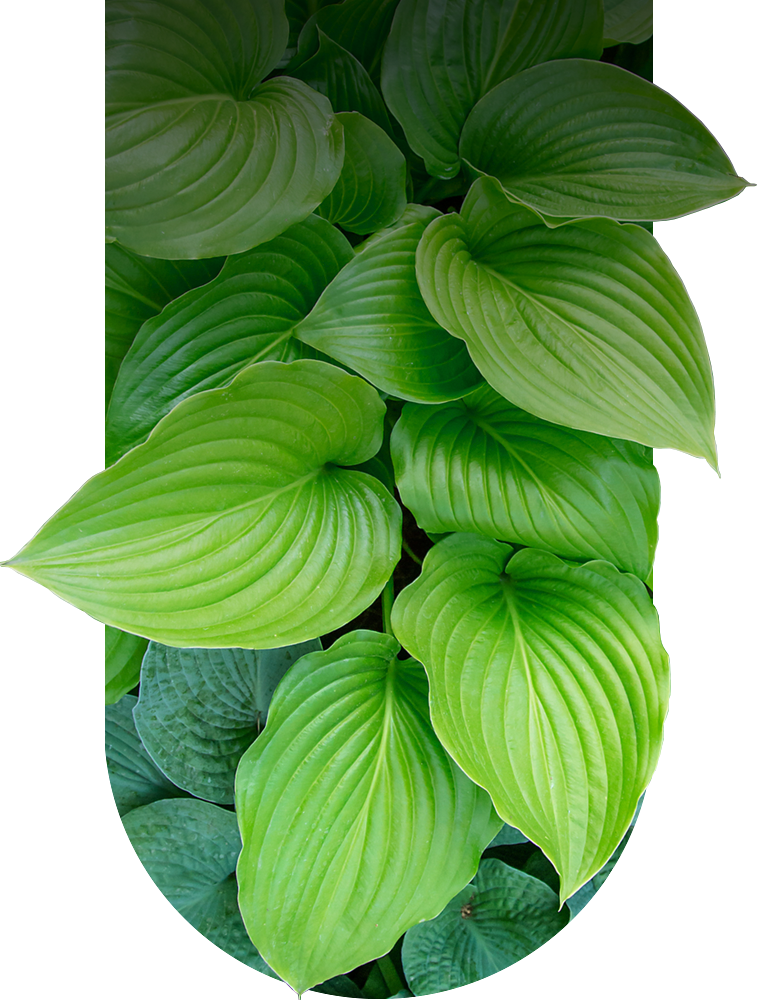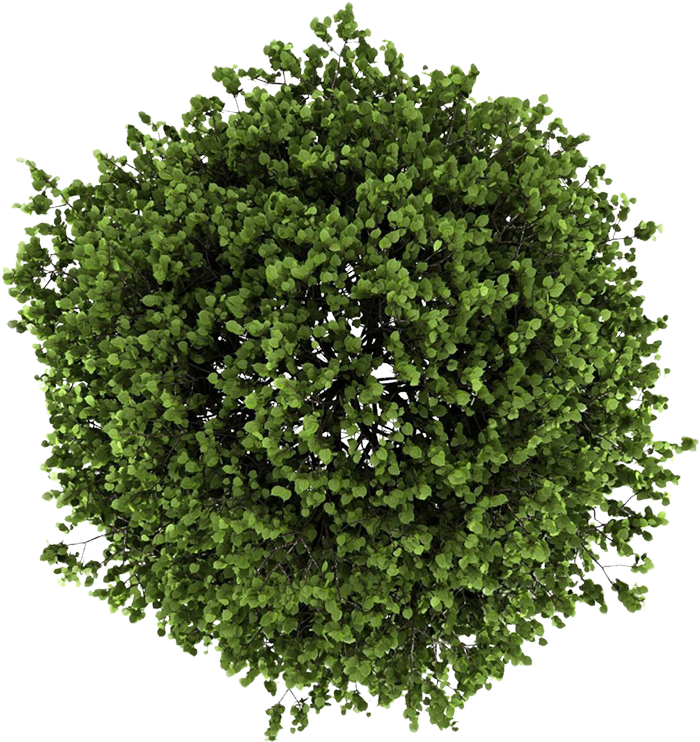Prepare to
Turn Vision Into Reality
Landscapes can add dimension to a home, provide an oasis from our busy lives, be an exciting extension of indoor living spaces or create a connection to the natural world.

Landscapes
That meet your needs
At Kemora Landscapes, we recognize that each landscape is influenced by each family’s needs and lifestyle. We’re committed to being your resource for beautiful, customized exterior spaces.
Design & Installation
Our landscape designers bring a unique combination of landscape architecture education paired with…
Landscape Maintenance
Kemora’s maintenance team includes a dedicated Office Manager and Maintenance Manager who…

Welcome To
Kemora Landscapes
Kemora Landscapes is a full-service design, build, and maintenance company. Our services include planting, patios and driveways, outdoor kitchens and grill units, stairs and retaining walls, fire elements, pergolas, decks, and other carpentry, seasonal annual rotations, vegetable gardens, low voltage lighting, lawn care and maintenance, snow removal, and rooftops.

Seasonal Rotations
Our crew of seasonal rotations installers create unique & artistic combinations of flowers and…
Carpentry & Construction
Kemora’s carpentry team is in house and works closely with the design team to increase…
Snow Removal
During the winter months, Kemora can continue to service your property by shoveling snow and…

